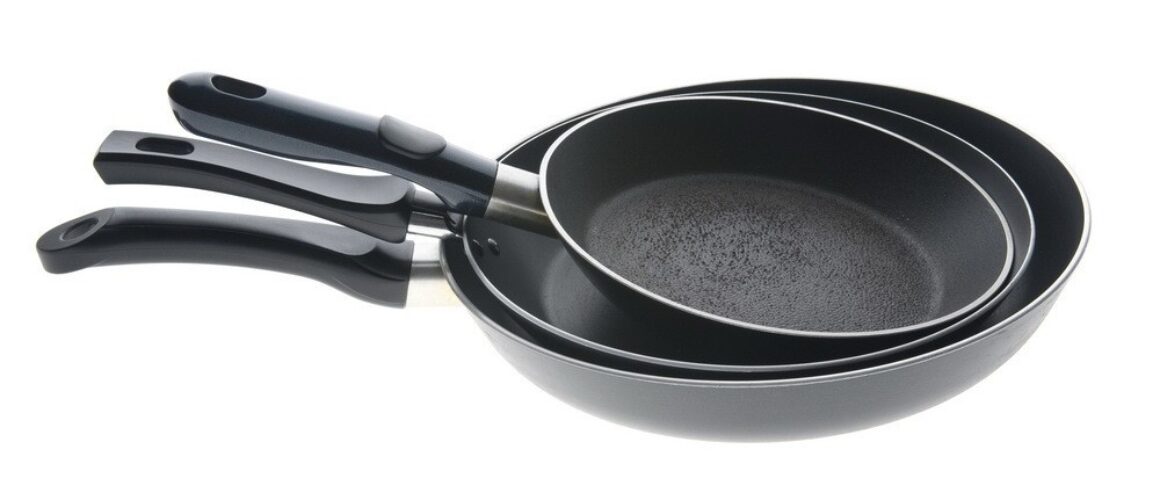Avoiding Teflon: Non-Toxic Solutions
The Huffington Post recently wrote a damning article about DuPont’s role in hiding the horrible health impacts of Teflon, a common material used in pots and pans across the United States. And with the flurry of press that resulted from uncovering this truth, there was one fact left consumers looking for safer, non-toxic cookware options. According to the Centers for Disease Control and Prevention, nearly every American has this toxic substance in their body, including infants and children.
And now we want solutions, we want to make small but meaningful choices in our homes to protect ourselves. The good news is we can. Each dollar we spend is a dollar towards our new, safer economy.
Finding Safer Pots and Pans
Calphalon (Jury is out)
The popular company Caphalon introduced a “safe” non-stick pan in 2013, that uses ceramic rather than PFCs (a good thing). What concerns me about this brand however, is their website states definitively that non-stick coatings (PFCs) are safe and goes as far to say that the FDA and EPA have raised no concerns about the coatings. Here’s the kicker: the EPA and FDA don’t have the authority to ban or regulate these chemicals under our broken federal laws and there are endless studies showing harm from PFOA and similar chemicals. I emailed the company asking about the safety of their non-stick pans and they went as far to say that PFOA coatings on pans were of no concern. So at this time I cannot confidently recommend Calphalon pots and pans.
Unidentified Non-Stick Coatings (Avoid)
Some other brands that claim to have safe non-stick pans are using similar fluorotelomer coatings, raising red flags for health and safety. Make sure your non-stick pans don’t use fluorotelomer coatings of any form, and encourage companies to fully disclose all of the chemicals used to make their non-stick coatings. If a company fails to tell you what is in their product, consider that a red flag and move on.
Ceramic finish non-stick, Lead-free ceramic and Enamel-based cookware (Safer)
All of these are safer options, but have some downsides. Debra Lynn Dadd wrote up a good description of the difference between some of these pans; the main difference is that the ceramic non-stick finish wears off after a couple of years and needs to be replaced (a hassle and has an environmental footprint).
Stainless steel, Cast iron (Safer/Best Options)
Based on the best available information, simple stainless steel and cast iron cookware is your best bet. Stainless steel is easy to use, lasts a lifetime, is non-toxic, has no finishes and is relatively non-stick if you use the right oils and fats when cooking. Cast iron is even better for non-stick alternatives because a well-seasoned pan can be just as effective (if not more) than Teflon, minus all the health effects.
- Lodge Cast-Iron Skillet (Made in USA) – $27.00
- Cuisinart Stainless Steel 10-Piece Cookware Set – $48.00
- Kirkland 13-Piece Stainless Steel Cookware Set – $174.00
For a great article on how to care for your cast iron skillet, check out Lori Alper’s blog here.
Small choices like switching out your cookware can be very meaningful. Jane Goodall said it best,
You cannot get through a single day without having an impact on the world around you.”
And after you order a safer set of cookware, tell Congress you want new laws that protect consumers from harmful chemicals.
Originally published at LindsayDahl.com
